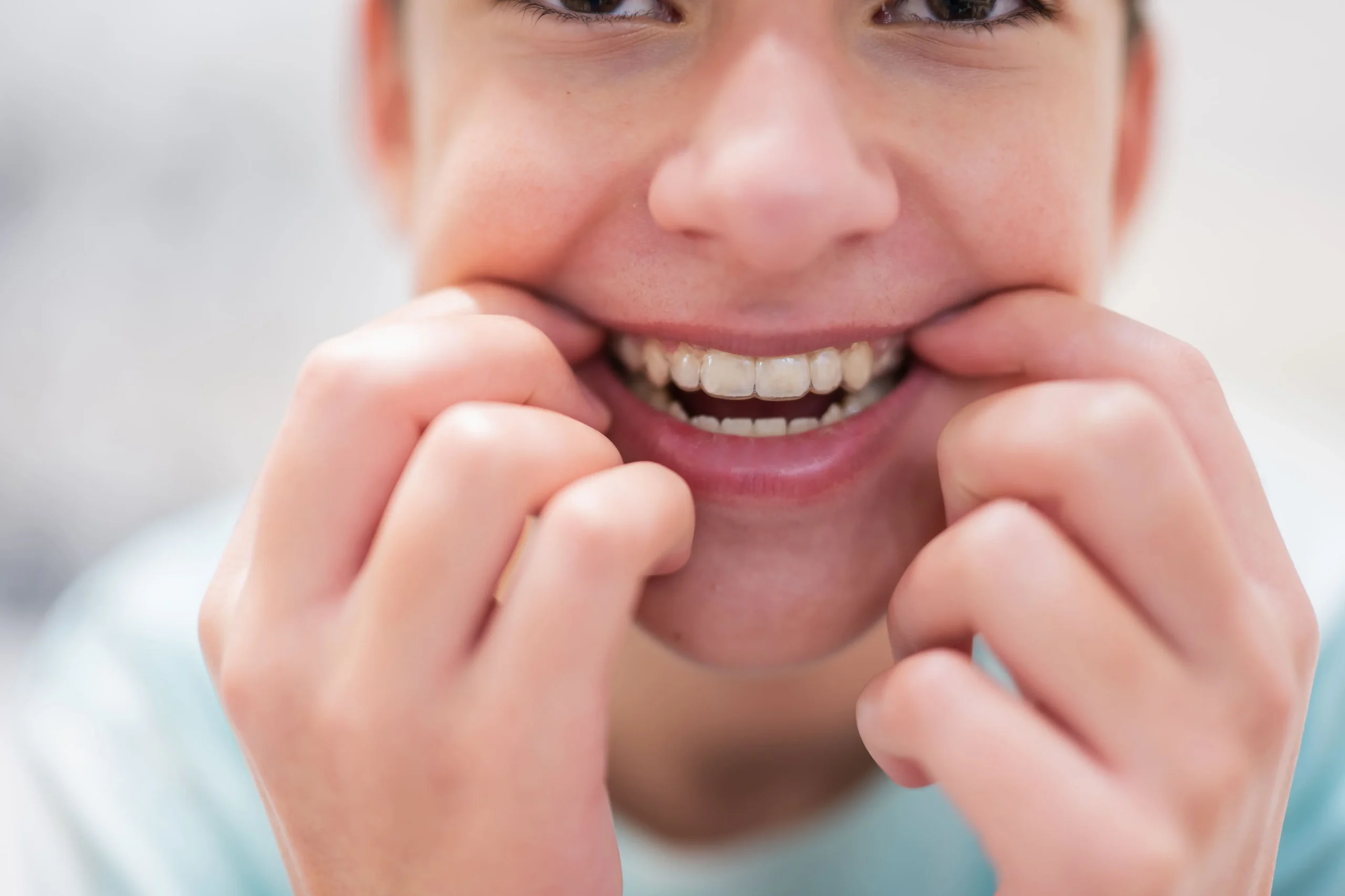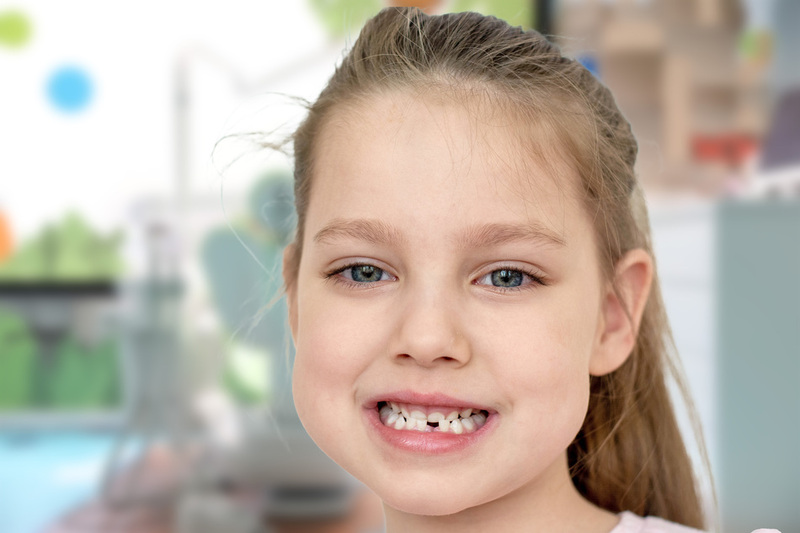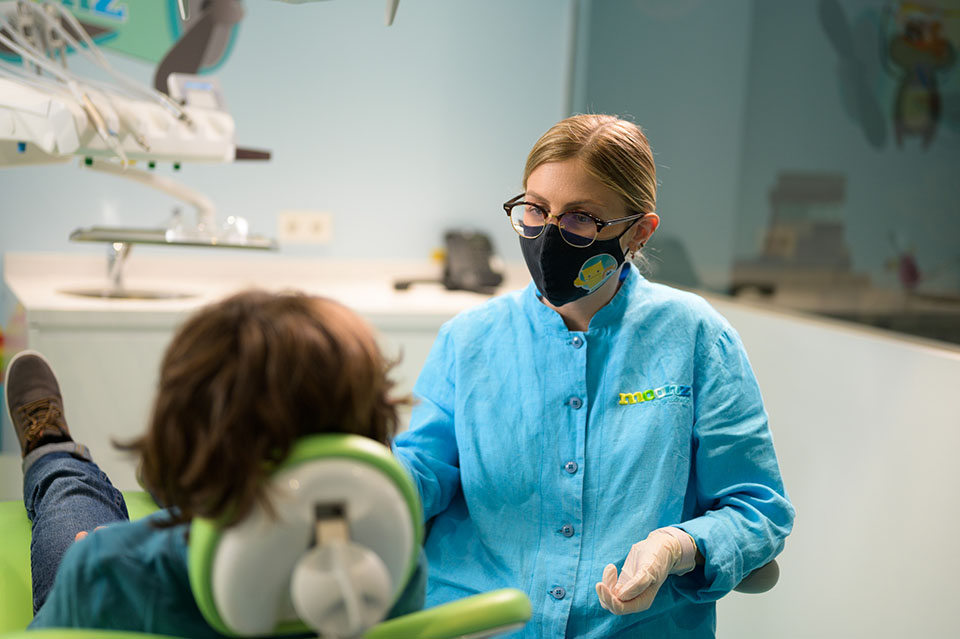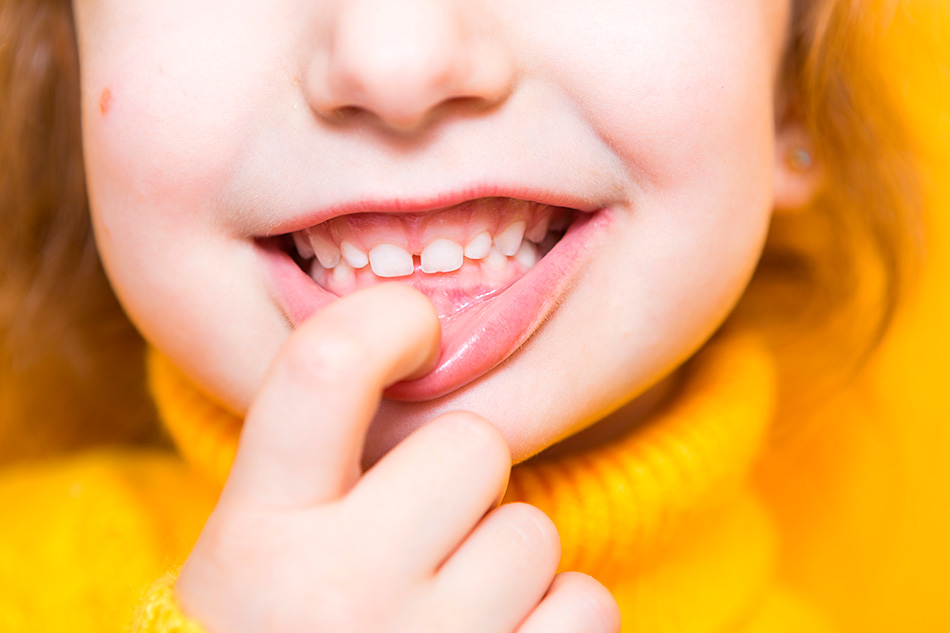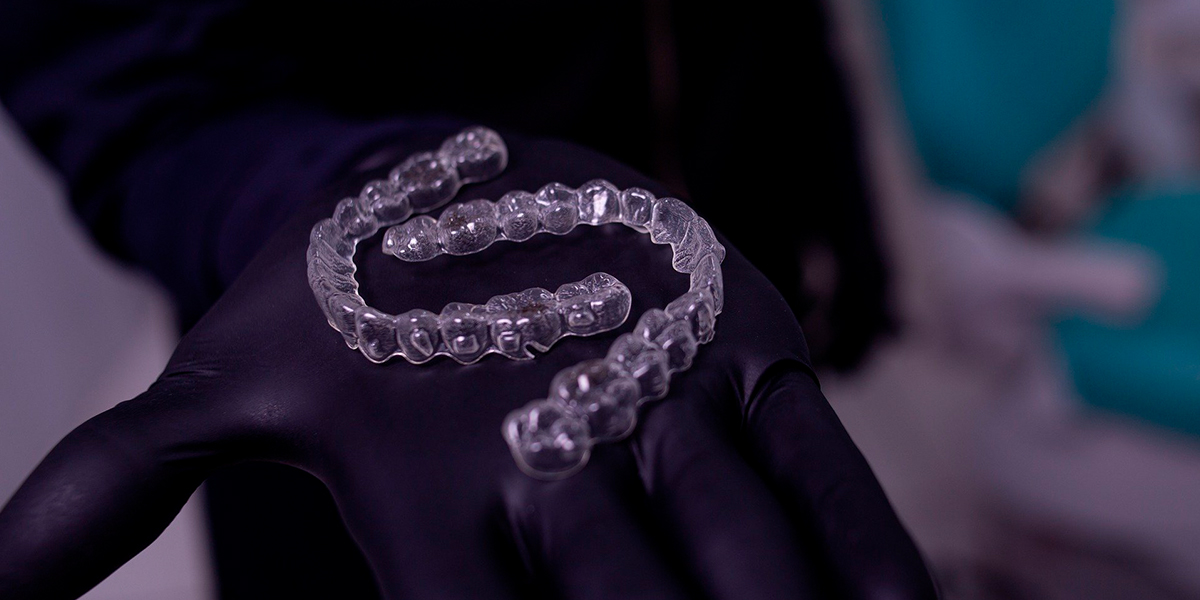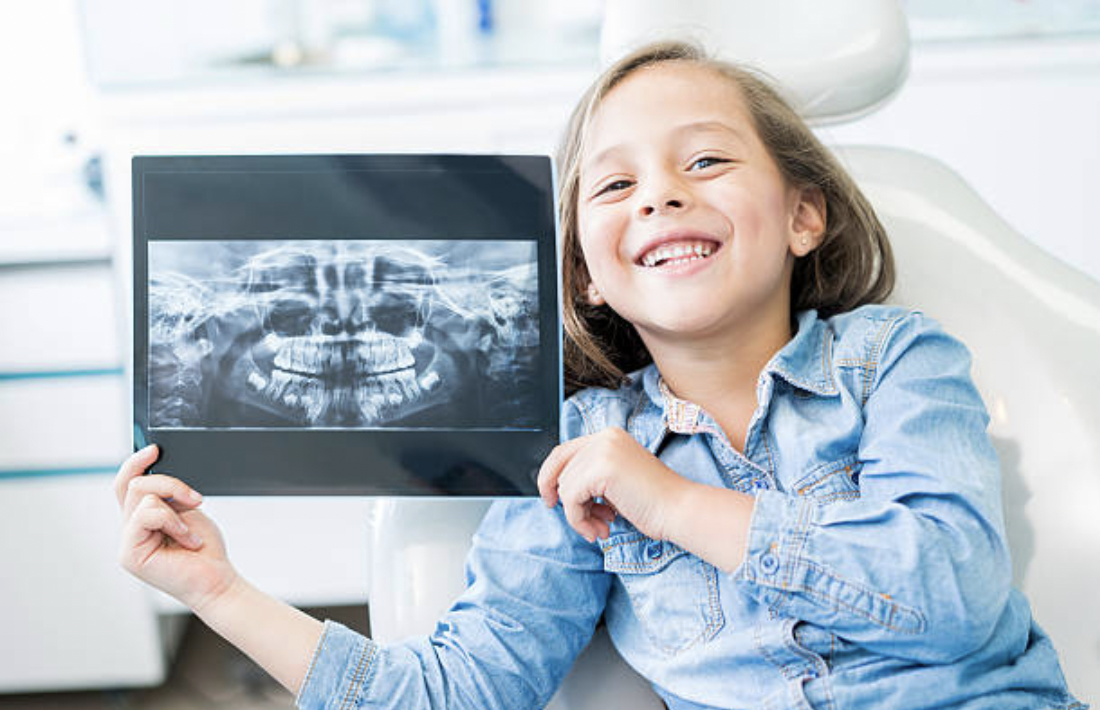The second most common reason for parents to visit a pediatric dentist is dental trauma in children, followed by tooth decay.
This type of injury often occurs in childhood and adolescence, especially at the age of one to two when children start walking.
But also at the age of six or seven when they start playing sports.
It is very important to examine each case and make a full diagnosis in the process. This is because dental treatments for children depend on the dental period the child is in at that time, on his or her cooperation and on the speed of action.
The treatment can be very different depending on whether the patient is in the permanent teeth phase (permanent teeth) or the primary teeth phase (milk teeth).
What is dental trauma?
Dental trauma is an injury affecting various parts of the dental tissues or soft tissues of the mouth as a result of a fall or blow to the tooth.
These traumas can have different effects on the following different parts of the dental tissue: the enamel, the dentin, the pulp or even a fracture in the jawbone.
Types of dental trauma
Dental trauma can be classified according to the site of injury. A distinction is made here between injuries to the periodontal tissue and injuries to the hard dental tissue.
Periodontal tissue traumas include the following:
- Concussion: The tooth shows no mobility, bleeding, or displacement. Only the structures supporting the tooth are affected (minimal involvement). The patient feels pain when the tooth is struck (with the handle of a mirror).
- Subluxation: The tooth shows some mobility but no displacement, and sometimes bleeding occurs. This lesion affects the tissue supporting the tooth (fracture of a larger number of periodontal fibres).
- Lateral dislocation: The tooth is not mobile, but it is displaced laterally and remains within the alveolus.
- Extrusive dislocation or extrusion: The tooth moves partially in the incisal direction (out of the alveolus) and the periodontal ligament is stretched; this can cause bleeding.
- Intrusive dislocation or intrusion: The tooth is moved in an apical direction (towards the end of the tooth root) and remains in the alveolus as if it had not yet erupted.
- Avulsion: the tooth emerges completely from the alveolus. This is the most urgent situation in paediatric dentistry and the one that requires the fastest possible treatment.
As for the trauma of the teeth:
- Enamel fracture: this is a type of injury that causes a crack in the enamel (outer layer of the tooth) or loss of a fragment. This happens without reaching the amelodentinal boundary (the boundary between enamel and dentin).
- Fracture of enamel and dentin: This is a deeper lesion that reaches the dentin layer and can affect the pulp (complicated lesion) or the noncomplicated lesion.
- Root fracture: It can be oblique or horizontal or vertical. This type of trauma affects the dentin (hard tissue of the tooth), the dental cementum (mineralised tissue) and the pulp (soft tissue inside the tooth that contains the blood vessels and nerve).
- Corono-radicular fracture: an injury that starts from the crown of the tooth and extends to the root of the tooth and may or may not involve the pulp (complicated/uncomplicated injury).
- Alveolar fracture: a fracture that occurs in the processus alveolaris (bone on which the teeth stand).
Dental trauma in the primary teeth
Normally the milk teeth are smaller than the permanent teeth. This means that when the child is hit, the force of the blow is absorbed by the gums and bones, resulting in tooth luxation within the dental arch.
This type of dislocation is usually caused by a fracture of the alveolar bone that protects the tooth root and results in a vertical, horizontal, internal, or external displacement of the tooth.
If it is the case that the tooth is hidden in the bone, we will check radiographically whether the position of the germ of the final tooth is favourable. If this is the case, we will have to wait for it to erupt naturally again. This will not happen in its original position due to the trauma.
Over time, the tooth may become darker in colour. This is a defence mechanism to protect the tooth. However, in some cases this can cover part of the pulp and eventually lead to infection.
Therefore, it is important that a specialist assesses the situation and provides the appropriate treatment. This is because in some cases the dental pulp (the nerve of the tooth) may be affected. In this case, a pulpotomy (partial removal of the pulp) or pulpectomy (complete removal of the pulp) should be performed, depending on the damage. In some cases, extraction of the affected tooth may be necessary.
If a temporary tooth comes out completely (tooth avulsion), the tooth should not be re-implanted. This is because there is a high risk of injuring the germ of the permanent tooth (erupting permanent tooth).
Dental trauma in the permanent teeth
In the case of dental trauma to permanent teeth, the treatment to be given depends on the degree of development of the tooth root (which can be determined with the aid of a periapical radiograph).
That is, what stage it is at: from the time the tooth begins to form in the crown to the completion of root growth, and even when the tooth is already in the arch.
The most common dental trauma in permanent teeth is dislocation or displacement from its original position. However, fractures of the dentition are also very likely to occur in some cases.
This fracture may be complete or partial. When a fracture occurs, it is important to determine which tissues are affected (pulp, dentin, or enamel), the size of the fracture line and whether the root is damaged.
From time to time, however, combined lesions occur, for example, lesions that damage both the crown and the root and even affect the vitality of the tooth.
What to do in children’s case of dental trauma
When a child suffers some kind of dental trauma, we must remain calm, reassure the child and then:
1.Examine the soft tissues of the mouth: cheeks, lips, tongue, gums, and palate.
2. Examine all teeth and look for sores, abnormalities, malformations, or fractures.
3. Palpate each tooth as far as possible and check that the teeth are mobile.
Remember that despite the absence of visible signs, it is possible that one or more other traumas have occurred. Certain complications may have occurred, such as an injury to the nose or lip, inflammation, swelling or infection.
It is therefore recommended to see a paediatric dentist as soon as possible. The paediatric dentist will examine and assess the patient’s condition.
Treatment for dental trauma
The treatment of dental trauma depends on the severity of the damage caused and the type of teeth.
If the trauma occurs to the primary teeth, it is just as important to provide proper treatment as it is to the permanent teeth. This is because without the right treatment, there may be permanent consequences in the future.
The necessary procedures are briefly explained below depending on the type of trauma:
- Bruises: usually do not require treatment as the symptoms usually disappear within a few days. However, for a better recovery, a sparing diet and good oral hygiene are recommended for one week.
- Avulsion: for permanent teeth, the tooth is replanted, and a splint is applied for fourteen days. This is followed by a gentle diet and in some cases a root canal may be created. Reimplantation is not recommended for baby teeth.
- Subluxation: In this case, the use of a flexible splint for fourteen days is recommended to fix the tooth in place. A soft diet is also recommended and a check-up of the tooth once it is stabilised.
- Intrusion or intrusive luxation: Several treatments are possible for permanent teeth. These include endodontics, spontaneous eruption and returning the tooth to its original position through orthodontics or surgery. If the intrusion occurs in the primary teeth, it is better to wait for the final eruption of the tooth.
- Extrusion or extrusive luxation: The tooth is returned to its original position and stabilised by a splint for 14 days. And the vitality of the tooth should be monitored to prevent root resorption (tissue loss).
- Lateral dislocation: The tooth must be returned to its original position and a gentle diet should be followed. A splint must also be worn for 14 days, and its progress should be monitored.
- Enamel fracture: The fragments should be fixed with a splint and, depending on the severity of the fracture, it may be necessary to remove the tooth nerve.
Conclusions
Dental trauma often occurs in the first years of life, usually as a result of a blow or a fall.
Although the causes are varied, many of these injuries occur on the milk teeth. In most cases, this has little significant impact on the permanent teeth. However, sometimes the gums and permanent teeth can also be affected.
Some of the most common consequences of these traumas are a possible fracture (broken tooth), subluxation (the tooth shows some mobility), luxation (displacement of the tooth) and avulsion (the tooth is completely knocked out of its original position).
It is therefore important to see a specialist as soon as possible, because even if there is no obvious injury, it is necessary to make a diagnosis and assess the associated consequences and treatment.






